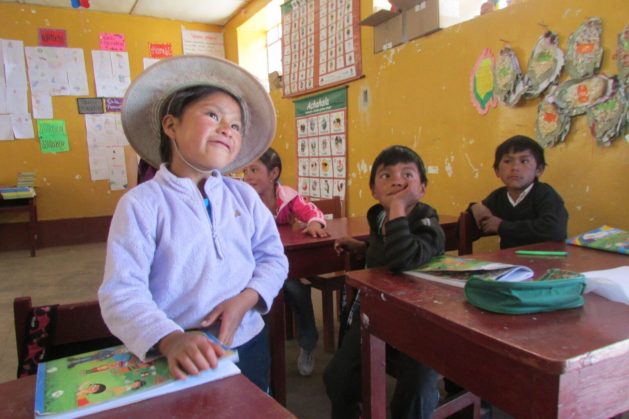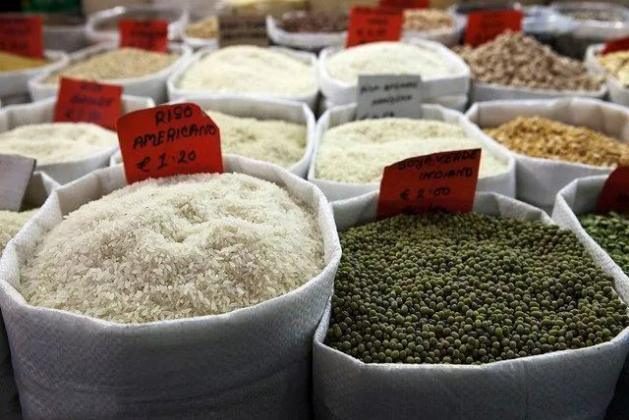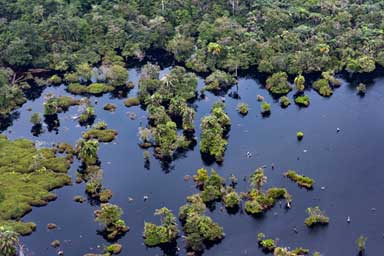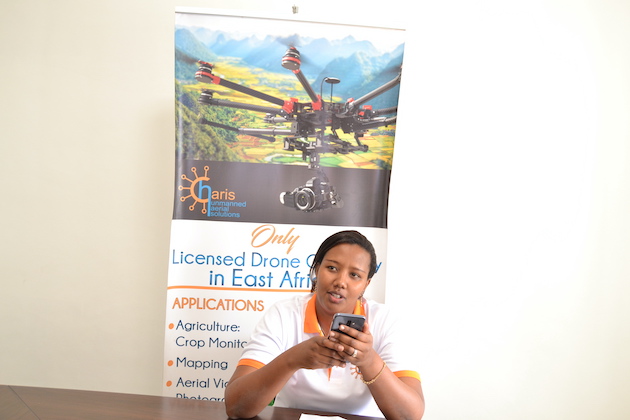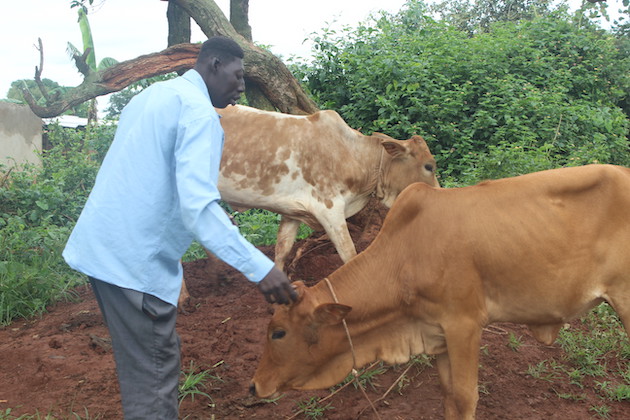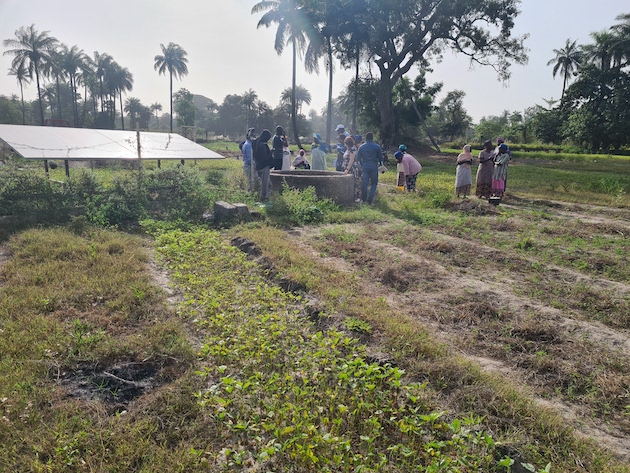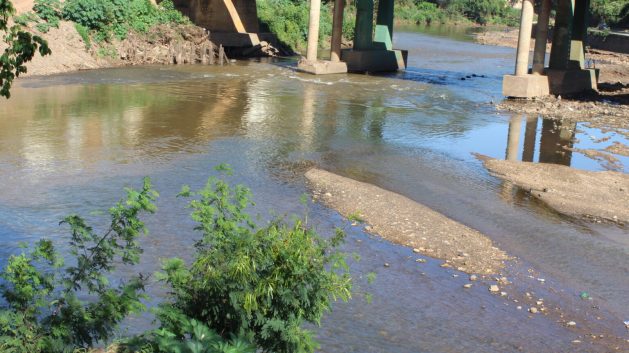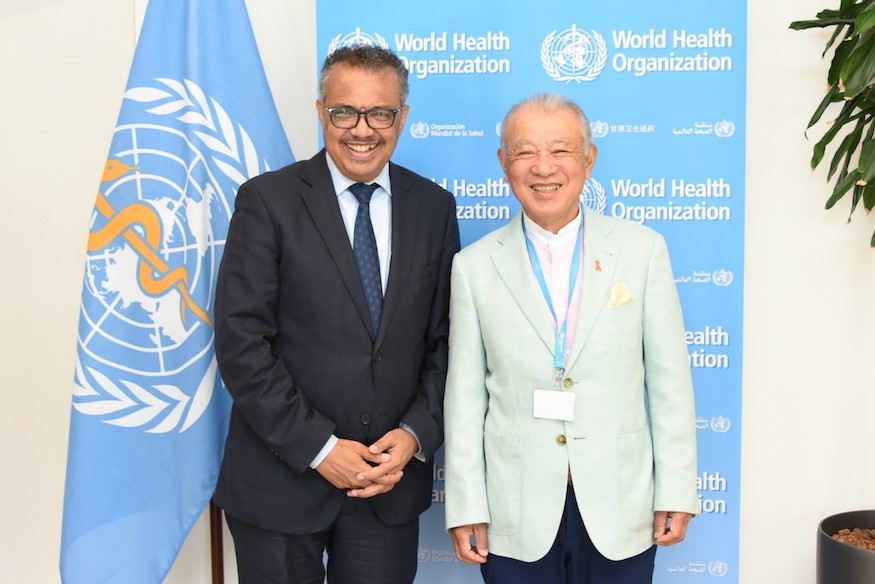the Rich Prevail Over the Poor — Global Issues
by Thalif Deen (united nations) Monday, June 20, 2022 Inter Press Service UNITED NATIONS, Jun 20 (IPS) – The 164-member World Trade Organization (WTO) has implicitly rubber-stamped a widely-condemned policy of “vaccine apartheid” which has discriminated the world’s poorer nations, mostly in Africa and Asia, depriving them of any wide-ranging intellectual…


